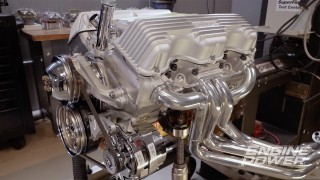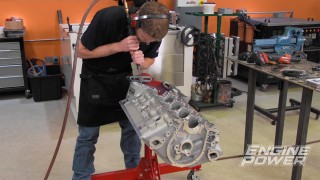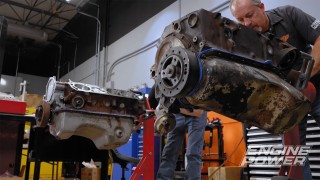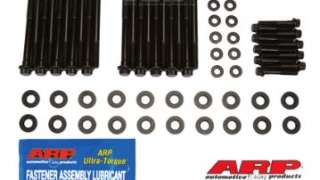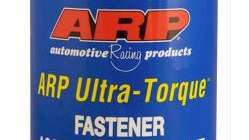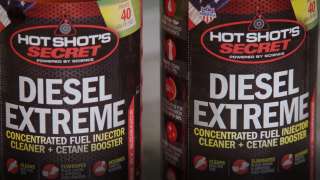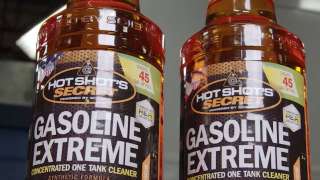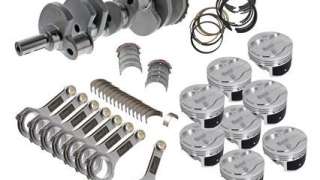
Pro LS Bottom End Build
We build the foundation of a stroker LS that would be a PERFECT fit for a hot rod!
Season 10
Episode 13
Hosts: Pat Topolinski, Frankie Forman
First Air Date: October 2, 2023
Duration: 21 minutes 27 seconds




